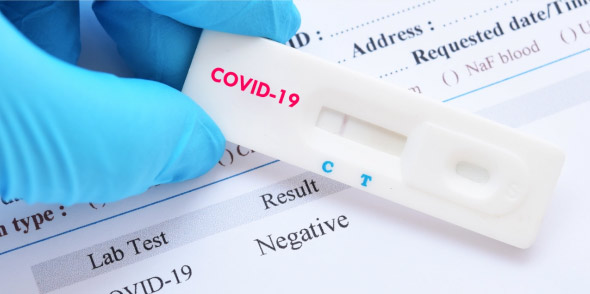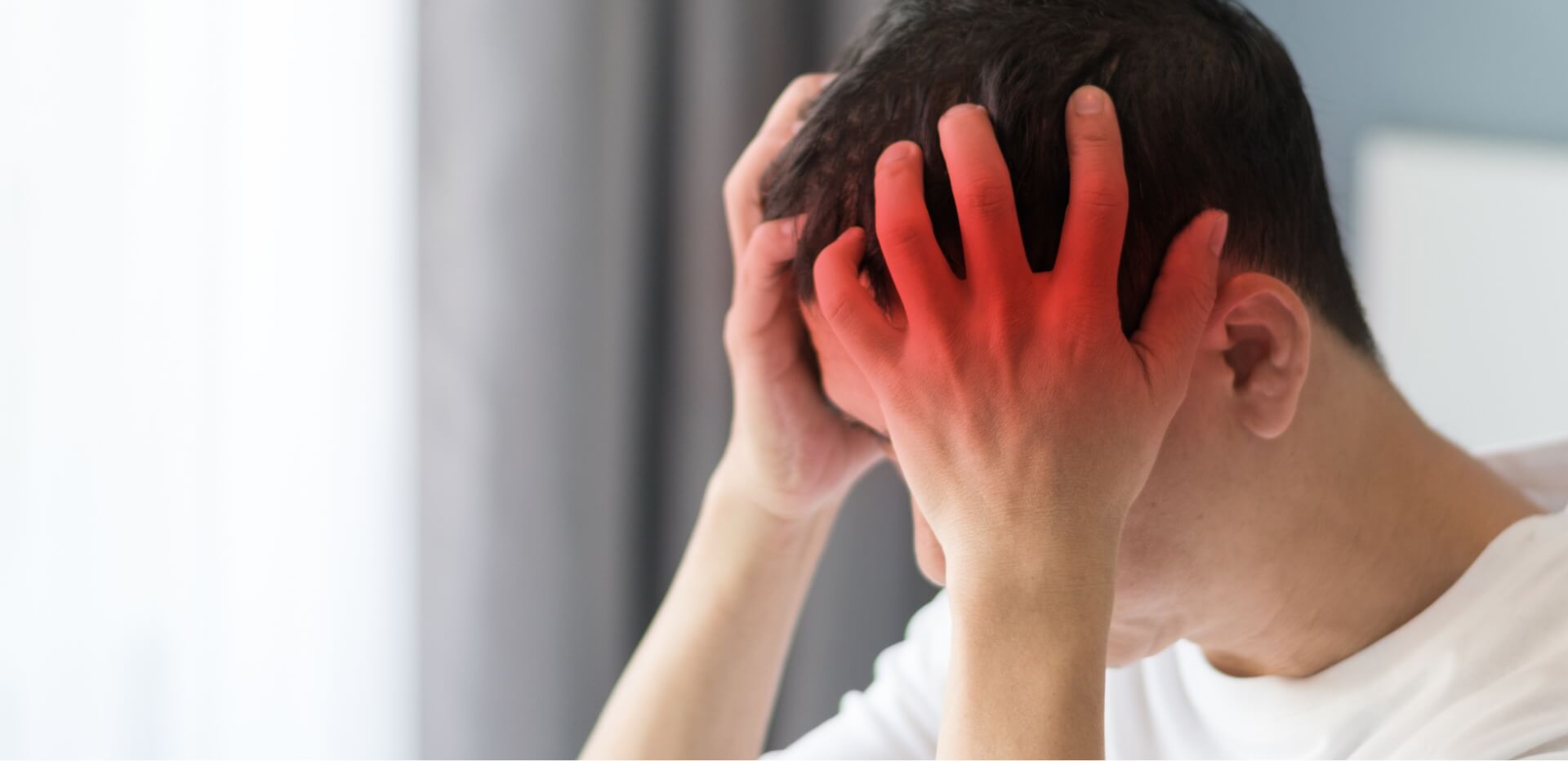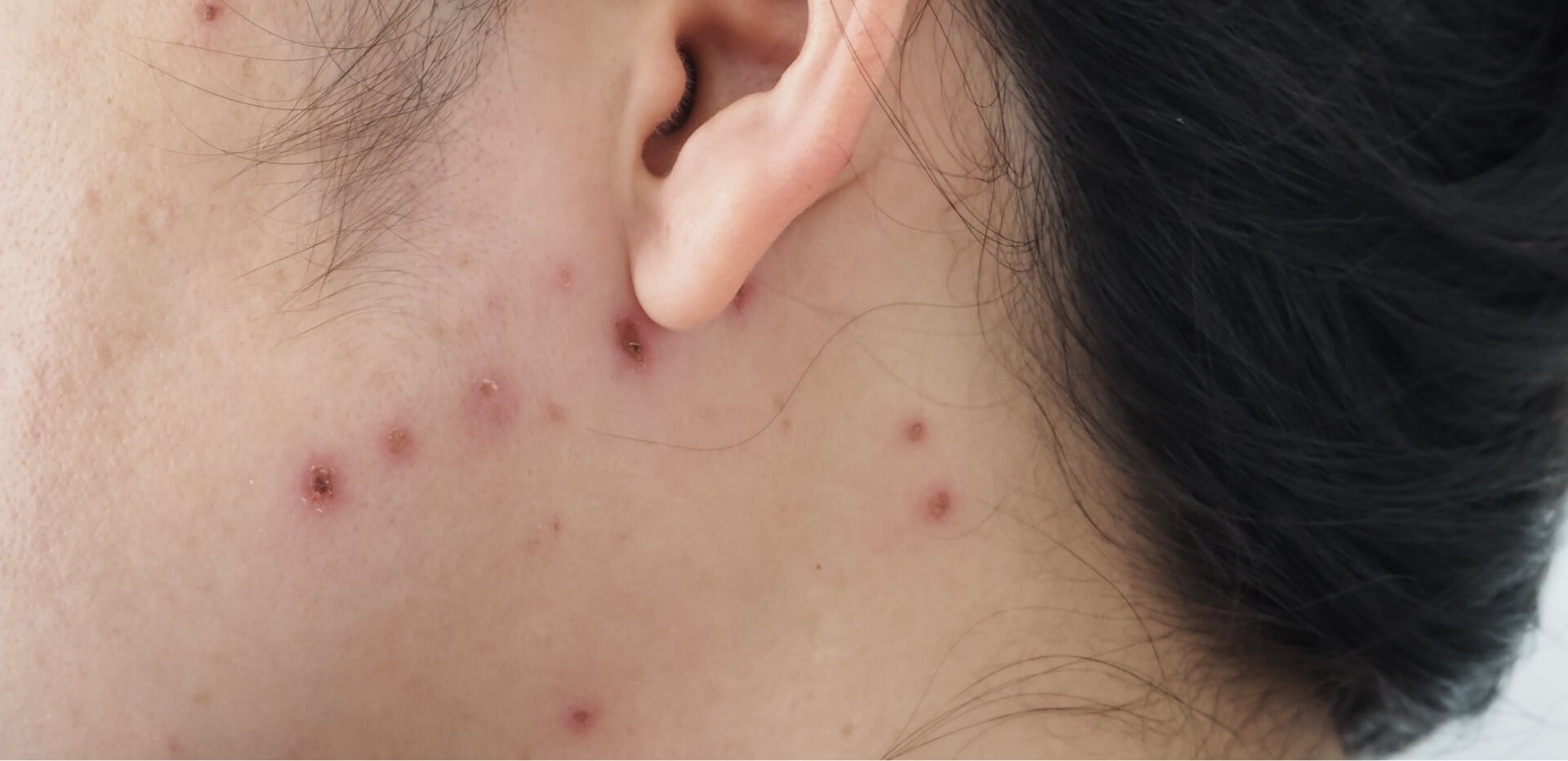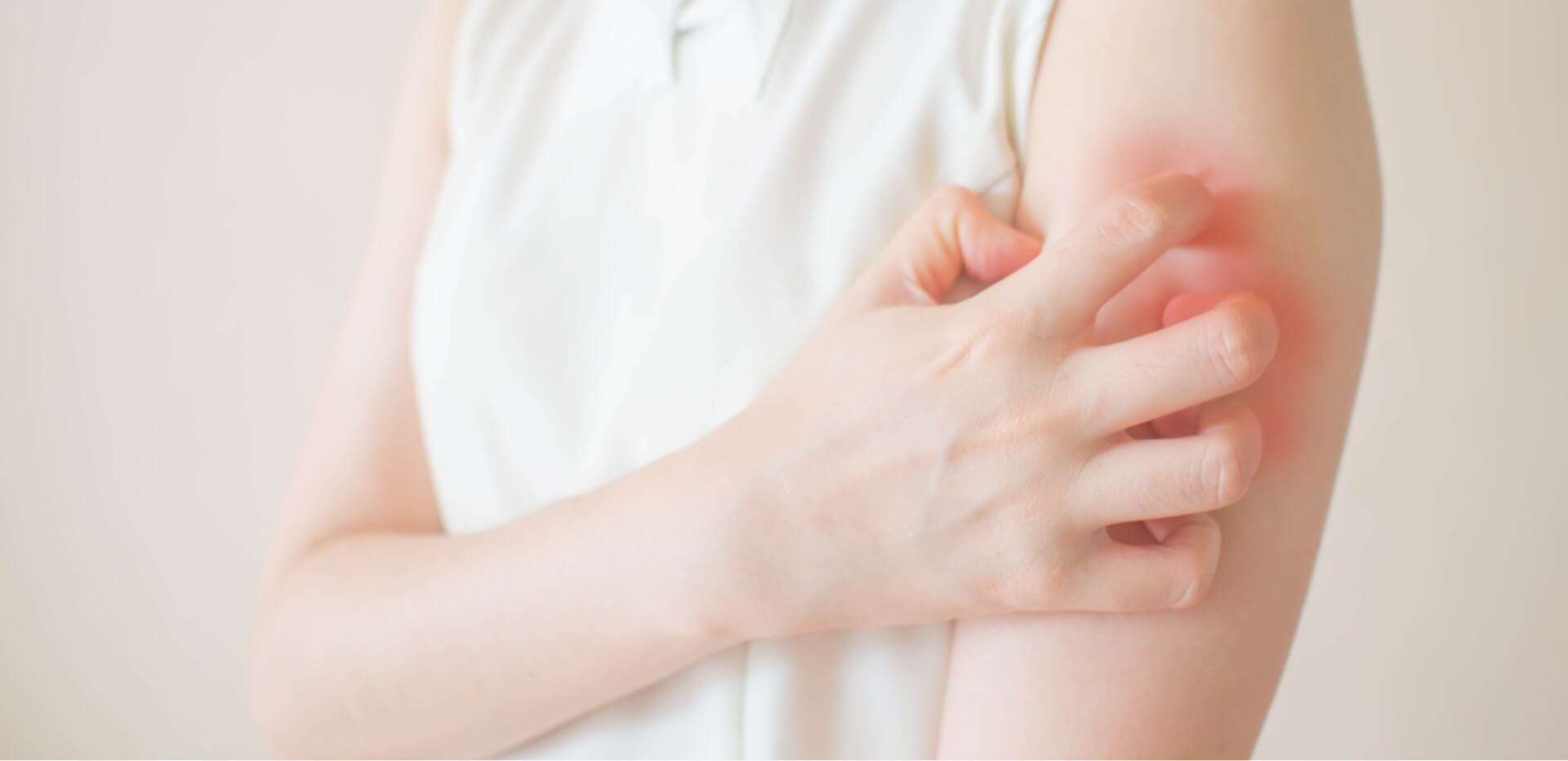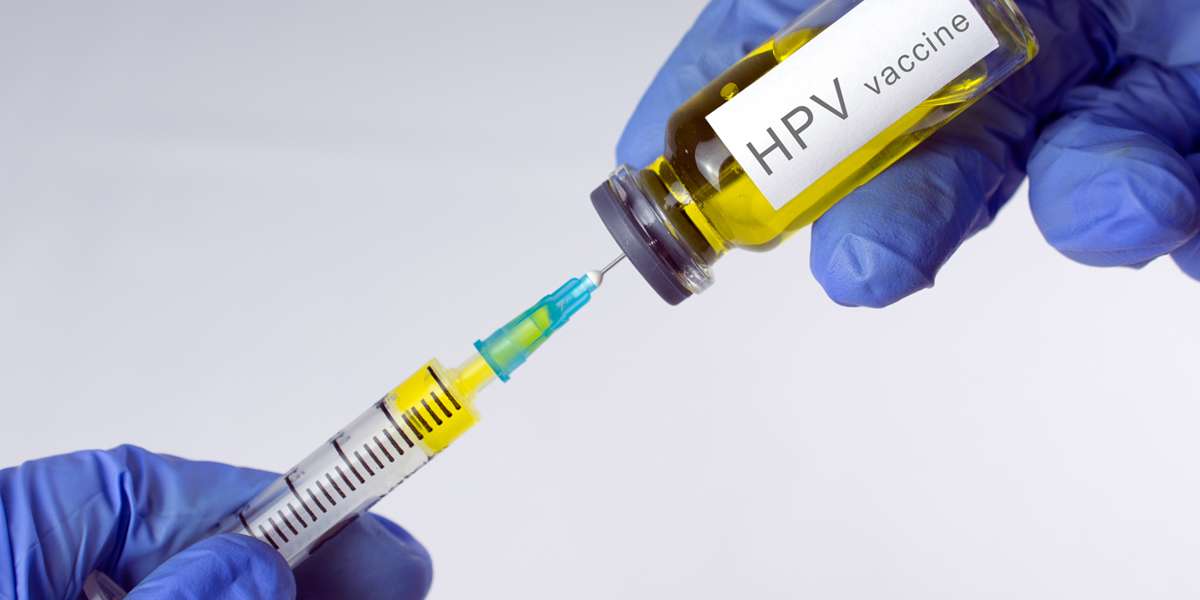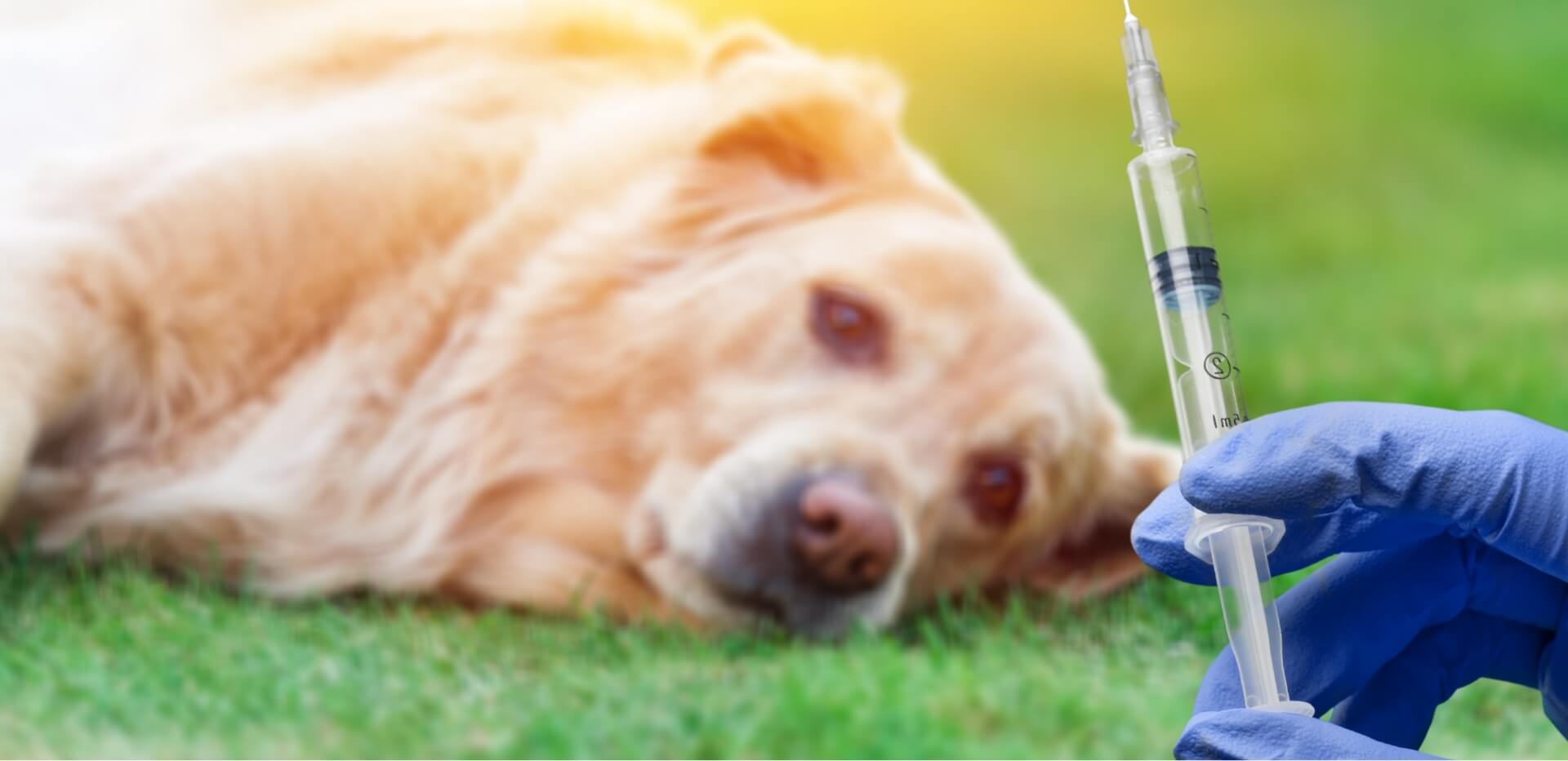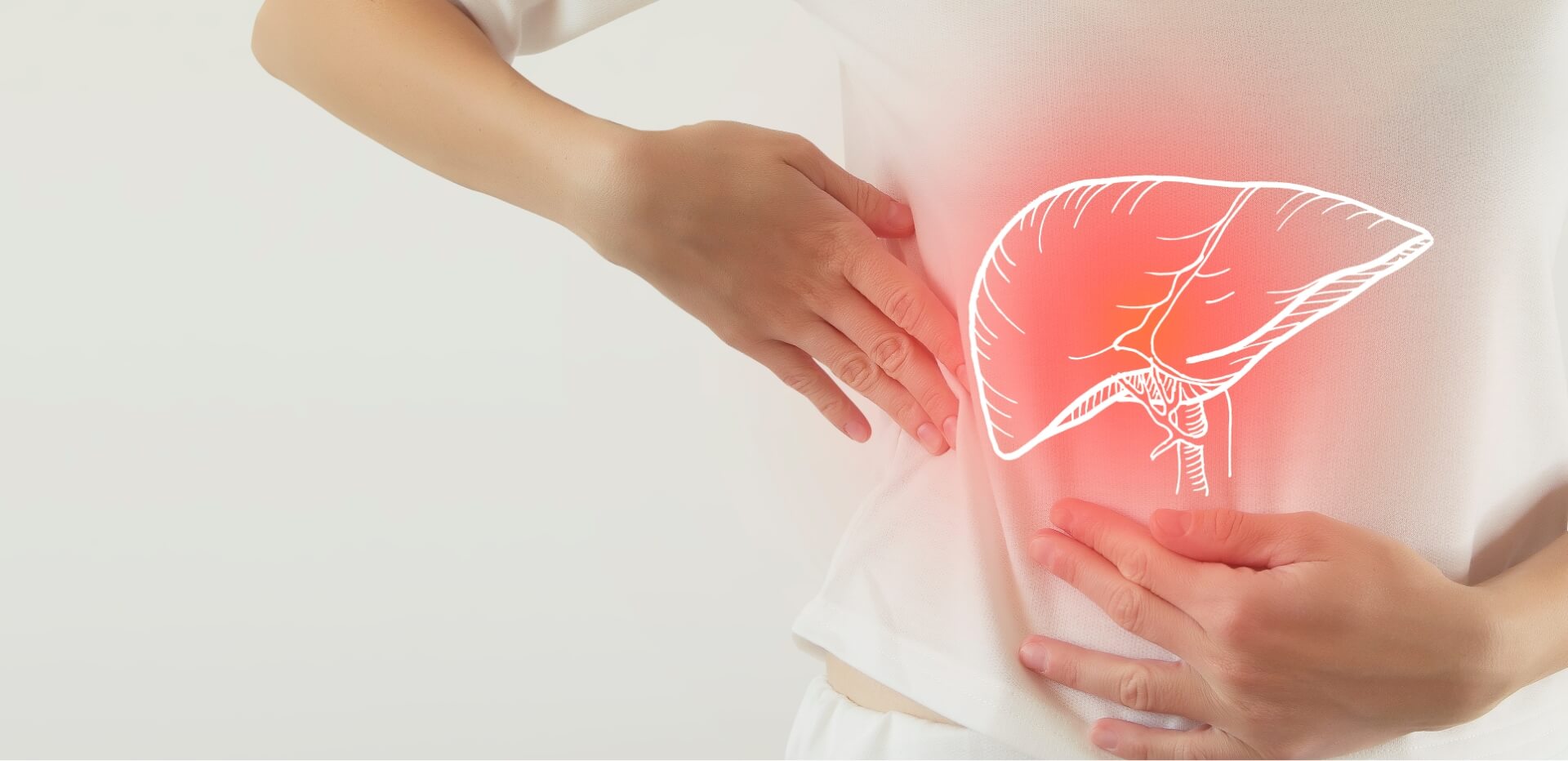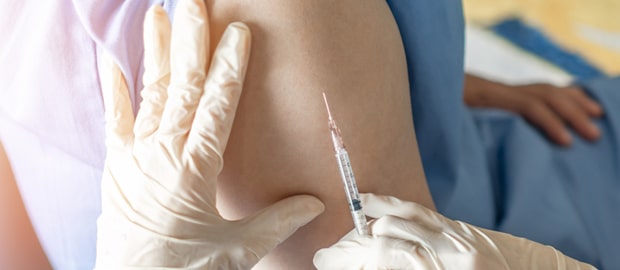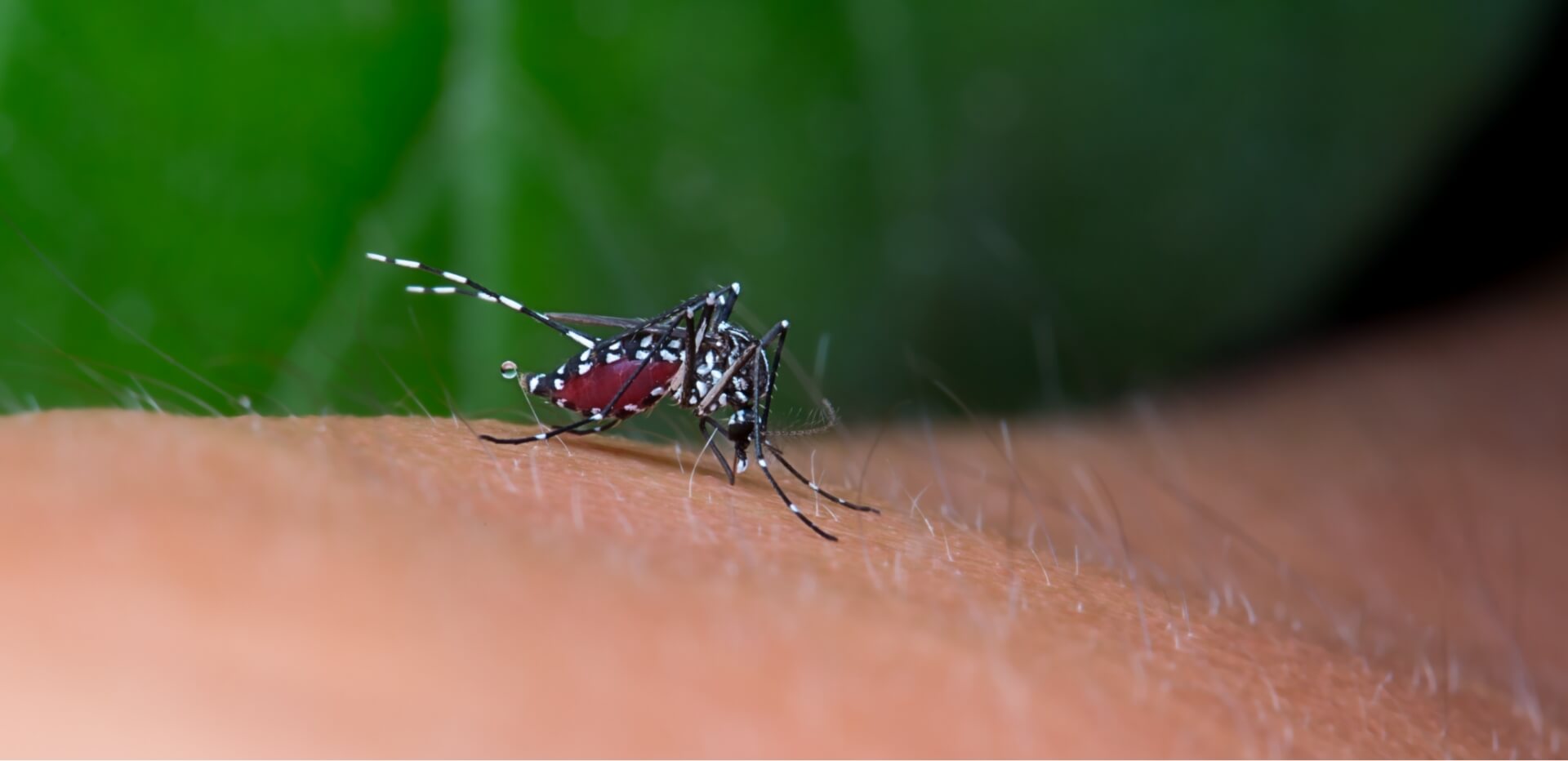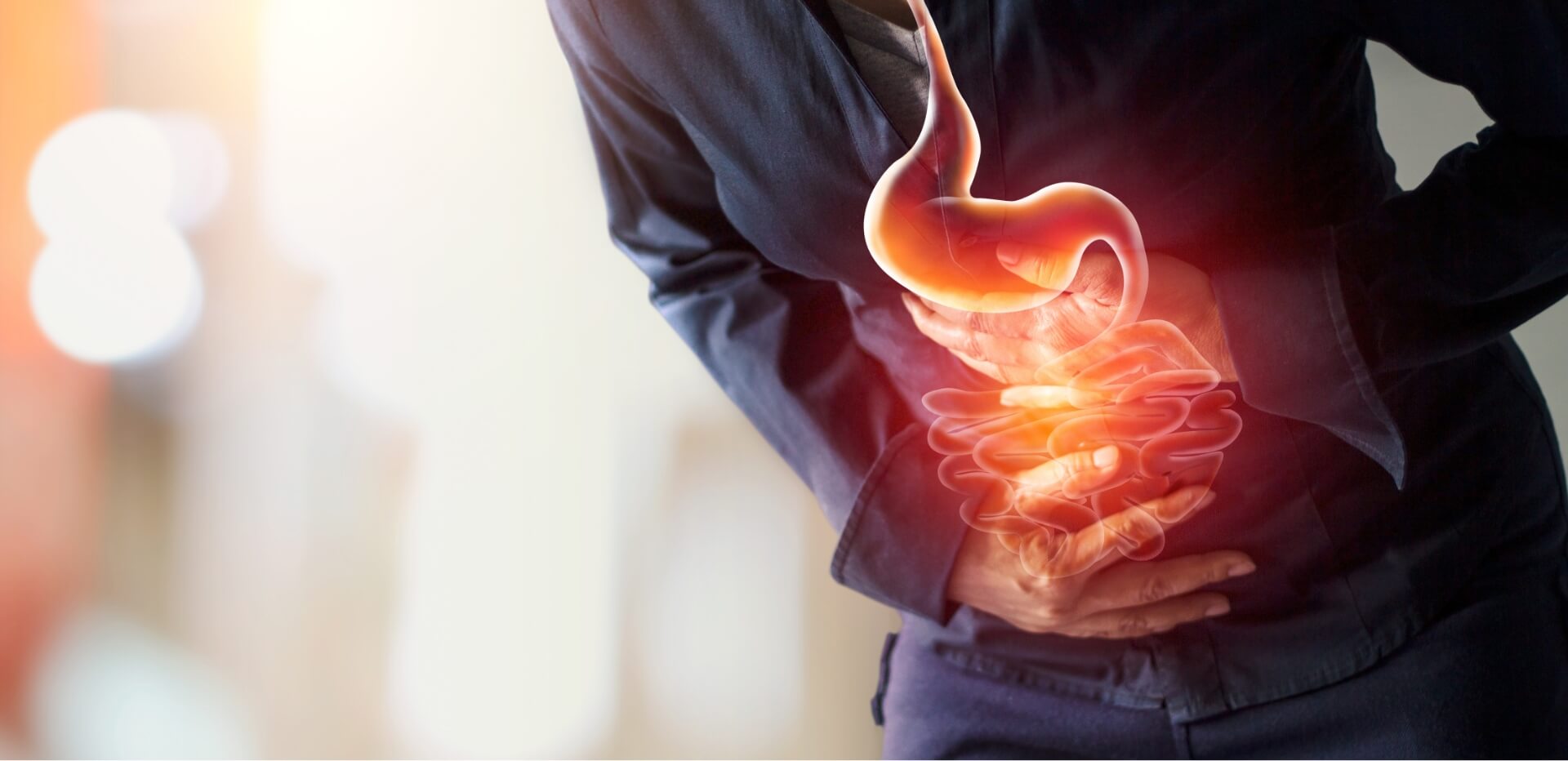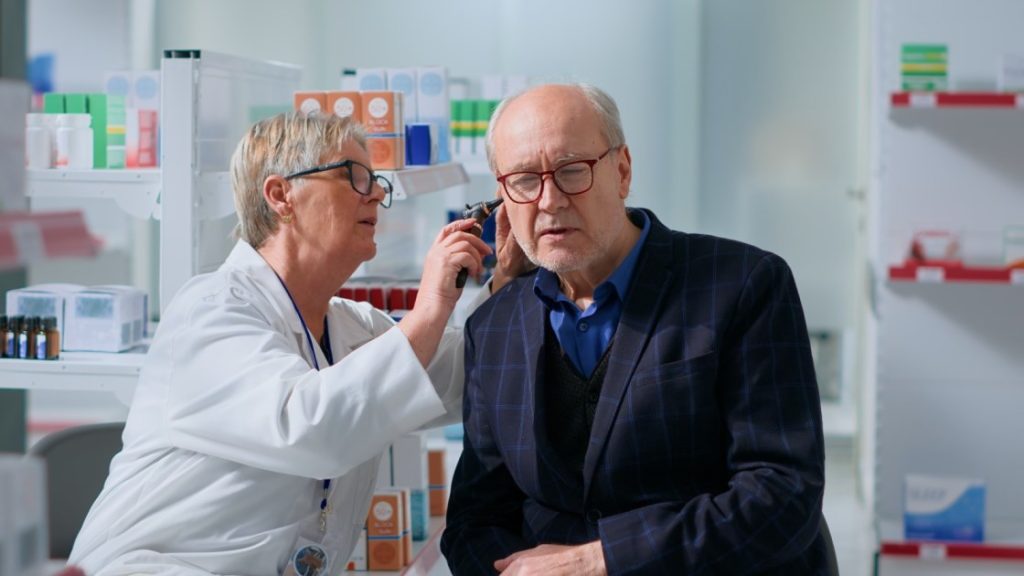Ear wax is a natural substance produced by glands in the ear canal. It plays an important role in protecting the ears from dust, microorganisms and other foreign particles. However, excessive ear wax buildup can lead to discomfort, hearing loss and even infections.
This is where ear wax removal treatments come into play. Understanding how these treatments work can help individuals maintain optimal ear health and prevent complications.
What is Ear Wax?
Ear wax is composed of secretions from sebaceous and ceruminous glands mixed with dead skin cells and hair. It acts as a natural lubricant and has antimicrobial properties, preventing infections in the ear canal.
Normally, ear wax moves towards the outer ear on its own, where it eventually dries up and falls out. However, some people produce more ear wax than others and it can accumulate and harden, causing blockages.
Common symptoms of ear wax buildup include:
- Reduced hearing
- Earache
- Tinnitus (ringing in the ears)
- Itching
- Dizziness
- Discharge from the ear
If you experience any of these symptoms, it may be time to consider ear wax removal treatment.
Ear Wax Removal Methods
There are several methods for ear wax removal, each with its own advantages and potential risks. It’s important to choose the right method based on the severity of the buildup and individual preferences. Here are some of the most common ear wax removal treatments:
Over-the-Counter Ear Wax Removal Kits
Over-the-counter (OTC) ear wax removal kits are widely available and can be an effective solution for mild to moderate ear wax buildup. These kits typically include:
- Ear drops: These drops contain solutions such as hydrogen peroxide, saline or mineral oil that help soften the ear wax, making it easier to remove.
- Bulb syringe: After softening the wax, the bulb syringe can be used to gently irrigate the ear canal with warm water, flushing out the softened wax.
To use an OTC ear wax removal kit:
- Lie on your side with the affected ear facing up.
- Apply the ear drops according to the instructions on the packaging.
- Allow the drops to sit in the ear for the recommended amount of time.
- Use the bulb syringe to flush the ear with warm water.
Professional Ear Wax Removal
For severe or impacted ear wax, it’s best to seek professional help. Audiologists, ENT specialists and our pharmacists offer several methods for safe and effective ear wax removal.
Microsuction
Microsuction is a popular method for ear wax removal in clinics and medical facilities. It involves using a small, gentle suction device to remove the ear wax under a microscope’s guidance. The benefits of microsuction include:
- Precision: The use of a microscope ensures accurate removal without damaging the ear canal or eardrum.
- Comfort: Patients typically experience minimal discomfort during the procedure.
- Safety: Microsuction is considered one of the safest methods for ear wax removal, especially for individuals with a history of ear problems.
Irrigation
Irrigation, also known as ear syringing, involves using a specialised machine to flush out ear wax with a controlled stream of water. The procedure is similar to using a bulb syringe but is performed by a professional to ensure safety and effectiveness. Key points about irrigation include:
- Efficiency: Irrigation can quickly clear large amounts of ear wax.
- Care: It is essential to use water at body temperature to avoid dizziness or discomfort.
Manual Removal
In some cases, our pharmacists may use specialised tools such as curettes or hooks to manually remove ear wax. This method is often used when the ear wax is too hard to be removed by irrigation or microsuction. Manual removal requires a high level of skill and precision to avoid injuring the ear canal or eardrum.
Ear Wax Removal Machines
Ear wax removal machines are devices designed for both professional and at-home use. These machines typically use gentle suction or irrigation to remove ear wax. While they can be effective, it’s important to follow the manufacturer’s instructions carefully to avoid injury. Professional guidance is recommended when using such devices for the first time.
Preventing Ear Wax Buildup
Ear wax plays an important role in maintaining the health of our ears. It serves as a natural defence mechanism, protecting the ear canal from dust, dirt and bacteria. However, when ear wax builds up excessively, it can lead to discomfort, impaired hearing and even infections.
- Avoid inserting objects into the ear: Cotton swabs, hairpins and other objects can push ear wax deeper into the ear canal, causing blockages.
- Use ear drops regularly: If you are prone to ear wax buildup, using ear drops periodically can help keep the wax soft and prevent blockages.
- Stay hydrated: Proper hydration can help maintain the natural consistency of ear wax, making it less likely to harden and cause blockages.
Book Your Ear Wax Removal at Touchwood Pharmacy
Ear wax removal treatment is essential for maintaining ear health and preventing complications associated with excessive ear wax buildup. Whether you opt for over-the-counter solutions or professional services, understanding how these treatments work can help you make informed decisions about your ear care. Regular ear hygiene and preventive measures can also go a long way in keeping your ears healthy and free from discomfort.
Experiencing ear discomfort or hearing issues due to ear wax buildup? Touchwood Pharmacy offers professional ear wax removal services to help you find relief. Our expert pharmacists use safe and effective methods to ensure your ears are clean and healthy. Schedule an online consultation and experience the difference professional care can make. Contact us now to book your appointment!




